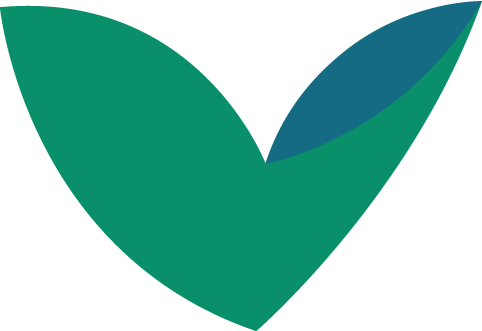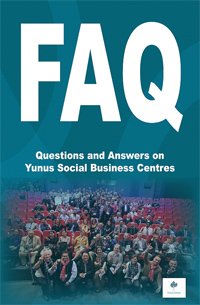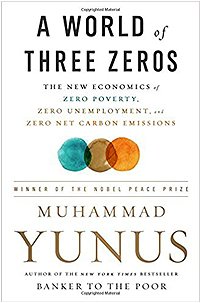A little loan goes a long way
OPINIONÂ Fran QuigleyELDORET, Kenya -- Four years ago, in the most dire straits imaginable, Jane was somehow still holding on to her dream.
But since she was HIV-positive, the sole provider for her two children in the slums of Eldoret, and recently let go from her job working in a hair salon, everyday survival was her priority.
Through our Indiana University School of Medicine AMPATH program here, Jane got the HIV treatment and emergency food assistance she needed. She began working in the program's Imani Workshops, sewing handbags and clothing that are sold in Kenya and in the United States.
Now, on a dusty side street, behind an aqua blue steel door with the words "Beauty Salon and Tailoring" marked in black handwriting, Jane takes a break from braiding a customer's hair to proudly show some U.S. visitors that dreams really can come true.
When Jane lost her job at the salon, her seemingly impossible hope was to someday open a shop of her own. Through AMPATH, Jane signed up for business classes and joined a micro-finance group modeled after the Grameen Bank format created by Nobel Peace Prize winner Muhammad Yunus. Small groups of five or six vote on who should receive the next available loan, a significant endorsement given that all group members are jointly responsible for the money lent.
The beauty of microfinance in places like Kenya, with an unemployment rate of 40 percent, is that it takes advantage of the entrepreneurial skills that many poor people, especially mothers like Jane, have been forced to develop. Even opponents of foreign aid, whose rhetoric always sounds better in a think-tank conference room than in a village where children are dying from malnutrition, confess to appreciating the self-help focus of microfinance.
The poverty-fighting organization RESULTS, where Yunus serves on the board of directors, reports that 106 million of the world's poorest families received a microloan in 2007. Jane's family was one of those. She used a loan of 5,000 Kenyan shillings -- about $70 U.S.-- to buy a sewing machine and a hair dryer, and paid off the loan in four months.
Business has been brisk, especially on Saturdays, when clients crowd Jane's tiny six-foot-by-nine-foot shop. So she is in line to receive another loan to rent larger space closer to the main road and hire another employee. The guess here is that Jane is a better credit risk than AIG.
Millions of other Janes in the developing world could benefit from similar opportunities, which is why RESULTS is pushing Congress and the World Bank to increase their support for microfinance.
As her visitors leave and she returns to her customer, Jane affirms that life is good. "I can pay the rent, the children are in school, and our stomachs are full," she says in Kiswahili.
Jane smiles because one dream is fulfilled, but takes care to point out that she has another wish. "If others can get help to have success like me, then I will be very happy."
Link: http://www.indystar.com/article/20090406/OPINION12/904060312/1002/OPINION


